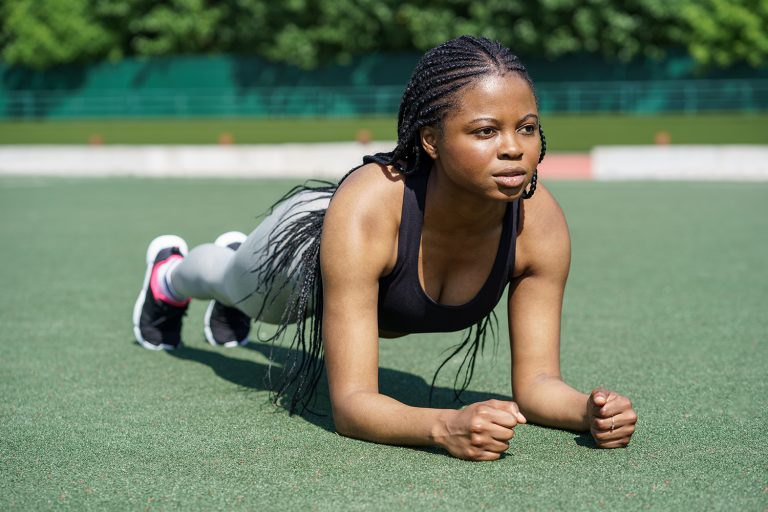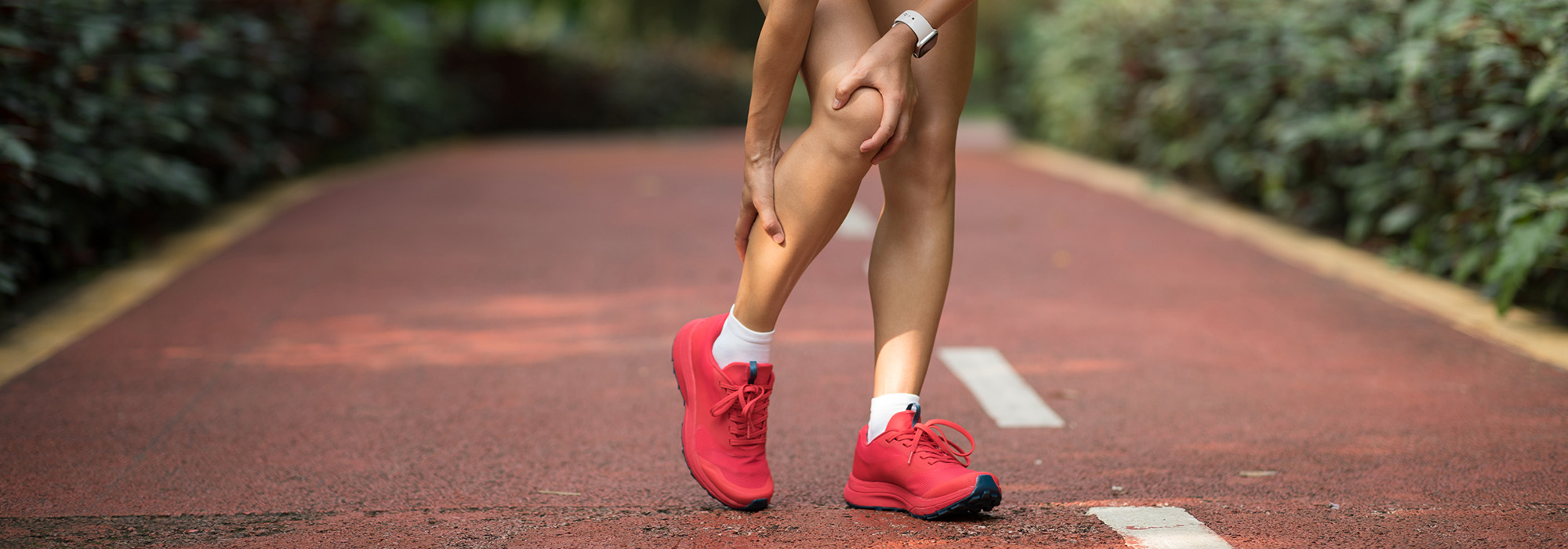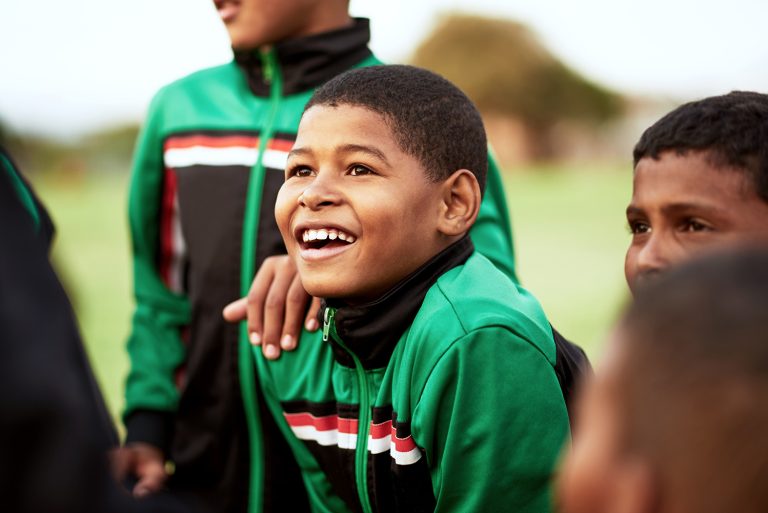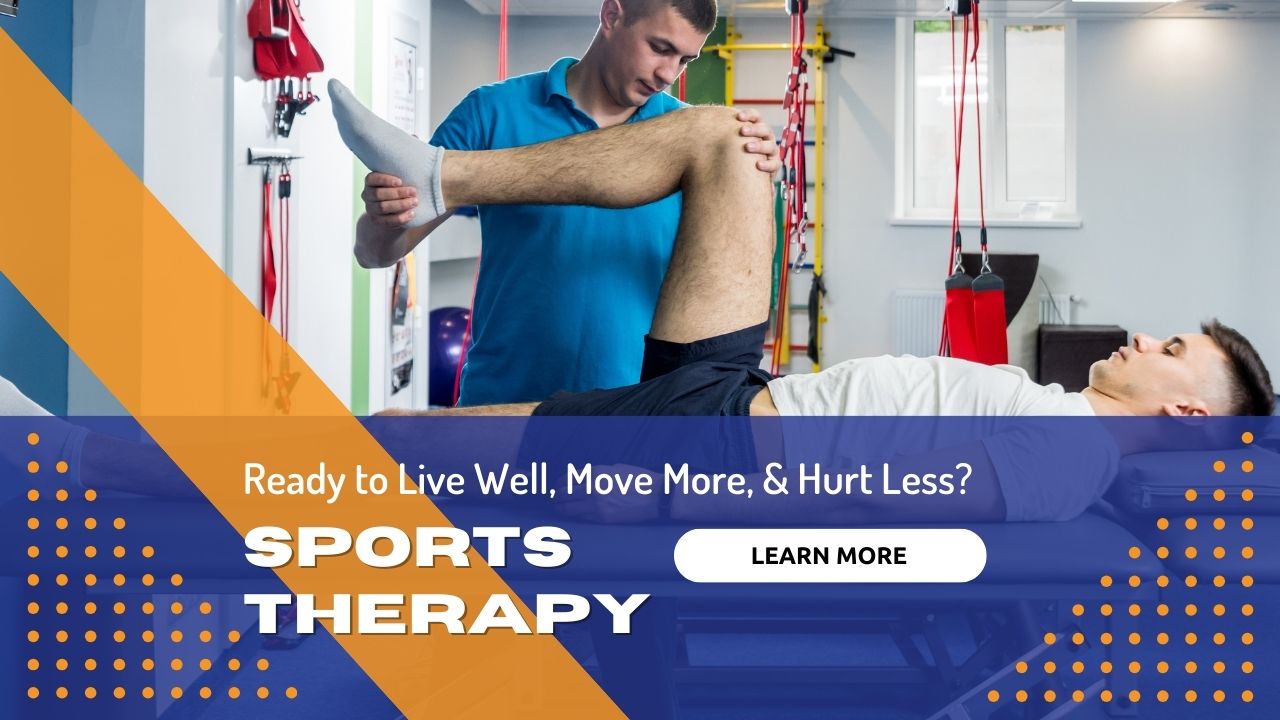

Why Your Legs Hurt When You Walk or Run
It is the start of a new year, and that often means the start of healthier habits, including getting moving more. Whether it is for weight loss, fitness, or stress relief, running and walking are fantastic and inexpensive ways to train your body, enjoy the outdoors, create community, and relieve stress and improve mood. While the benefits to being active in this way are nearly endless, it can still become quickly discouraging when you find yourself slowed down by nagging leg pain that begins a few weeks after you get started. Here are the most common sites for leg pain in the novice runner or walker and a few tips on how to manage these aches and pains:
- Runner’s Knee. Patella Femoral Pain Syndrome is an umbrella term for pain localized at and around the front of the knee. It can include the patellofemoral joint (kneecap) or the surrounding soft tissue such as the fat pad or patellar tendon. Despite the cause, pain will often be localized to the front of the knee, with or without swelling. It will likely be most painful during stance phase of running/walking and with daily activities such as going down stairs or sitting with your legs crossed. Stretching and strengthening the quads in addition to strengthening the posterior-lateral hip are effective ways to reduce this type of pain.
- Shin splints. Pain along the inside of your shins is formally known as medial tibial stress syndrome and if untreated can lead to a tibial stress fracture. There is pin-point tenderness in addition to painful and often weak dorsiflexors. Weight-bearing in general will be painful but increased pounding as seen during hopping or running will be significantly more painful. This is a common injury specifically for new runners who ramp up their mileage too quickly. Early treatment will include relative rest with a gradual return to activity in addition to strengthening at the hip and foot.
- Lateral hip pain. There are a couple sources for pain in the lateral hip, most commonly trochanteric bursitis, glute med tendinopathy and piriformis syndrome. There will likely be pain with running or walking but often there is pain with sleeping and deep sitting as well. Core and hip weakness are likely the culprits for this type of pain and are a great place to start for treatment.
- Plantar fasciopathy. Burning pain on the bottom of the heel is generally related to an inflammatory or degenerative process of the planter fascia. This is another injury that results from “too much, too soon.” Ensuring proper fitting and appropriate shoe wear in addition to stretching and strengthening of the plantar flexors is most beneficial in treating this injury.
- IT band syndrome. This is the annoying pain on the outside of the knee that can feel sharp and stabbing. It is worse when getting up after being seated for some time, during stair climbing, and when sitting with your legs crossed. Stretching of the quads/hip flexors and strengthening of the core and posterior-lateral hip are effective treatment options.
It is important to keep in mind that most of these injuries are related to training errors such as ramping up mileage or speed too quickly, altered surfaces, addition of hills, lack of proper rest, insufficient cross training, lack of strength training, ill-fitting or poor shoe wear, lack of sleep, poor nutrition, or excessive stress. This is where a physical therapist may start in identifying the culprit for running-related injuries, and education on training is an important part of treatment for successful outcomes. Activity modification for a brief time might be necessary while rehabbing the specific injury. If the injury becomes persistent or recurrent, gait retraining might be another good option to prevent future recurrence. Don’t let nagging leg pain keep you from achieving your goals. If you need help getting back on track, come on over to see us. Most importantly, keep moving!
– Barbara Brafford, PT, DPT, OCS
Please Share
categories
Recent Posts
categories

Why Your Legs Hurt When You Walk or Run
It is the start of a new year, and that often means the start of healthier habits, including getting moving more. Whether it is for weight loss, fitness, or stress relief, running and walking are fantastic and inexpensive ways to train your body, enjoy the outdoors, create community, and relieve stress and improve mood. While the benefits to being active in this way are nearly endless, it can still become quickly discouraging when you find yourself slowed down by nagging leg pain that begins a few weeks after you get started. Here are the most common sites for leg pain in the novice runner or walker and a few tips on how to manage these aches and pains:
- Runner’s Knee. Patella Femoral Pain Syndrome is an umbrella term for pain localized at and around the front of the knee. It can include the patellofemoral joint (kneecap) or the surrounding soft tissue such as the fat pad or patellar tendon. Despite the cause, pain will often be localized to the front of the knee, with or without swelling. It will likely be most painful during stance phase of running/walking and with daily activities such as going down stairs or sitting with your legs crossed. Stretching and strengthening the quads in addition to strengthening the posterior-lateral hip are effective ways to reduce this type of pain.
- Shin splints. Pain along the inside of your shins is formally known as medial tibial stress syndrome and if untreated can lead to a tibial stress fracture. There is pin-point tenderness in addition to painful and often weak dorsiflexors. Weight-bearing in general will be painful but increased pounding as seen during hopping or running will be significantly more painful. This is a common injury specifically for new runners who ramp up their mileage too quickly. Early treatment will include relative rest with a gradual return to activity in addition to strengthening at the hip and foot.
- Lateral hip pain. There are a couple sources for pain in the lateral hip, most commonly trochanteric bursitis, glute med tendinopathy and piriformis syndrome. There will likely be pain with running or walking but often there is pain with sleeping and deep sitting as well. Core and hip weakness are likely the culprits for this type of pain and are a great place to start for treatment.
- Plantar fasciopathy. Burning pain on the bottom of the heel is generally related to an inflammatory or degenerative process of the planter fascia. This is another injury that results from “too much, too soon.” Ensuring proper fitting and appropriate shoe wear in addition to stretching and strengthening of the plantar flexors is most beneficial in treating this injury.
- IT band syndrome. This is the annoying pain on the outside of the knee that can feel sharp and stabbing. It is worse when getting up after being seated for some time, during stair climbing, and when sitting with your legs crossed. Stretching of the quads/hip flexors and strengthening of the core and posterior-lateral hip are effective treatment options.
It is important to keep in mind that most of these injuries are related to training errors such as ramping up mileage or speed too quickly, altered surfaces, addition of hills, lack of proper rest, insufficient cross training, lack of strength training, ill-fitting or poor shoe wear, lack of sleep, poor nutrition, or excessive stress. This is where a physical therapist may start in identifying the culprit for running-related injuries, and education on training is an important part of treatment for successful outcomes. Activity modification for a brief time might be necessary while rehabbing the specific injury. If the injury becomes persistent or recurrent, gait retraining might be another good option to prevent future recurrence. Don’t let nagging leg pain keep you from achieving your goals. If you need help getting back on track, come on over to see us. Most importantly, keep moving!
– Barbara Brafford, PT, DPT, OCS
Please Share









